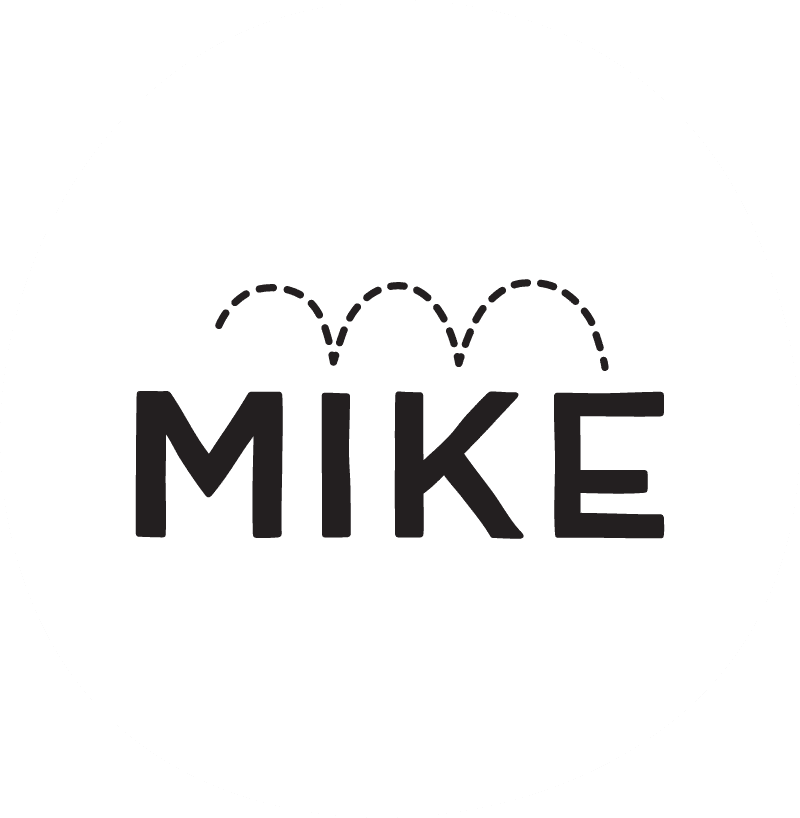
International Women’s Day (IWD) is a diary-date for creatives, agencies and brands to think about the best way to combine the celebration of women and the selling of products. As March rolls around, advertisements begin to feel a little more rosé-tinted. From Durex’s campaign addressing the ‘orgasm gap’ to Amazon’s initiatives aimed at empowering small businesses owned by women, 2023 saw brands engage with International Women’s Day through increasingly inventive mediums. As IWD prompts the rise of advertisements tailored to women, we figure it’s an opportune moment for us to consider gendered marketing more broadly.
Gender-based marketing occurs when brands divide their target groups into men and women, and then craft their messages based on assumptions about a customer’s gender. In 2019, the Advertising Standards Authority in the United Kingdom prohibited ads portraying gender stereotypes. This was flexed when the ASA banned a Rimmel advert which appeared to equate contouring with back to school success for young women. Yet, despite the authorities weighing in, we don’t seem to have figured out a solution that is wholly satisfying; gender remains so difficult to get right in advertising. Which got us to thinking: is it even necessary to target different genders in marketing?
"Should we be marketing tampons to men? Could this start a revolution?"
We know what came to your mind first: tampons. You are thinking of tampons. We were too. So let’s use tampons as an example. It seems obvious that tampons should be marketed at women. Yet, the sad reality is, buying tampons is still seen by many as an embarrassing stigma, a deed that should be done at the crack of dawn away from the sight of men because God forbid they know we have our period. So maybe we should be marketing tampons to men as well? Could this create a revolution where men begin to see it as a necessary item to re-stock in their family home for partners, daughters and mothers, much the same as milk or laundry detergent. Is this a genius and radical idea, or is it adding fuel to the overly-politicised fire that is the word “gender”?
While we might be a bit Barbied-out from last year, the billion-dollar-grossing film is an example of where gender and marketing aligned in a positive way. Their triumphant campaign sparked a girl-power revolution, resulting in over 100 brand partnerships. What really drove the success of Barbie’s rebranding was its resonance with people’s resistance to being confined to a single identity, particularly when it comes to products that reinforce gender stereotypes. Senior Insights Editor at Canvas8, Anastasiia Fedorova reflected on how Barbie reinforced 2023 being the year of the girl “We saw girl-everything: girl dinner, lazy girl job, girl math… To me, the campness of Barbie was certainly incredibly fun, catchy and relatable across audiences, but it also exposed our increasing understanding of gender, and especially womanhood and girlhood, as performance, and the urge to reclaim and subvert it.” The campaign’s treatment of Ken conjured conversations about the need to create content that reflects modern, nuanced masculinity, and Barbie and Ken’s individual journeys to finding each other demonstrated that we need to look at both men and women as human-first. Mattel crafted a Barbie universe where individuals could choose their own representation, offering over 175 variations: “‘By making the product line more reflective of the world the kids saw around them, we started to unlock a tonne of fandom and created a really strong connection with our audience,’ said Lisa McKnight, EVP and chief brand officer at Mattel in an interview with Contagious. Barbie’s record-breaking advertising campaign demonstrated the need to smash apart the gender stereotype and unite men and women by human commonalities such as lifestyle, values and humor.
"Jeremy Allen White achieved the pinnacle of marketing success: he broke the internet. The ad prompted wide-eyed 'yes, Chef's from across the globe, as he performed pull-ups in his snug Calvins..."
Human-first may well be key to a successful marketing campaign, but that makes the assumption that audiences are happy to align both men and women as equals. The recent Calvin Klein advert proved that this might still not be the case. Jeremy Allen White achieved the pinnacle of marketing success: he broke the internet. The ad prompted wide-eyed ‘yes, Chef’s from across the globe, as Jeremy removed his tank top and performed pull-ups in his snug Calvins. However, for performance artist FKA Twigs, the outcome was quite different. Her campaign, which aired prior to White’s, yet shared a similar stylistic approach, faced prohibition by the Advertising Standards Authority. It was denounced for portraying the artist as a “stereotypical sexual object,” explaining that the advert “placed viewers’ focus on the model’s body rather than on the clothing being advertised.” In what way would this description not be fitting for Allen-White’s half-naked walk around New York? Twigs came out in defense of her campaign on Instagram: “I do not see the ‘stereotypical sexual object’ that they have labeled me. I see a beautiful strong woman of color whose incredible body has overcome more pain than you can imagine.” Here, we observe that despite efforts to prioritize a human-centered approach in marketing, gendered opposition frequently emerges as a significant challenge.
"Gen Z-ers are aligning themselves with brands that show a more modern understanding of the gender spectrum, which could erode the idea of gendered marketing in entirety..."
With many high-profile brands like Calvin Klein caught in the gender polarisation crossfire, there are markers of increasing timidity around engaging with such issues. But can brands ignore the rapidly changing landscape, particularly among those customers in a younger demographic?
56% of Gen Yers believe that gender roles and binary labels are outdated, and Gen Z-ers are challenging the longstanding gender norms historically perpetuated by society and advertisers. Many are aligning themselves with brands that show a more modern understanding of the gender spectrum, which could erode the idea of gendered marketing in entirety. Individuals who identify as transgender, genderqueer, or non-binary seek recognition and respect within society. Levis shows us that it was possible, with the launch of their genderless “unlabelled” collection in 2021, receiving critical acclaim. Spaces such as beauty and wellness, traditionally occupied by female-targeted products, are opening up to men, with Statista estimating the male grooming industry will be worth $115 billion in 2028, up from nearly $80 billion in 2022. The reduction of gender segregation and embracing of this new genderless demographic provides an opportunity for awareness, but also has the potential to increase brand’s sales.
It remains undetermined what the perfect solution for advertisement and gender is – with brands finding themselves drifting between appeasement and provocation. Fedorova noted that the radically opposing outlooks on gender co-existing in society are largely due to political polarisation: “On the one hand, people want to be liberated from outdated gender norms through experimentation and fluid expression. On the other hand, many people still hold on to the gender binary as a stable framework to reinforce their values in a world lacking certainty and security.”
What is clear is that the most successful campaigns of recent times have made equality the heart of their campaigns, and not assumed that one human can be categorized in a simplified box. It is in this assumption that so many brand campaigns fail. So as this IWD approaches this year, brands need to adjust their advertising strategies to reflect emerging models of femininity and masculinity moving forward, as the classic divide and conquer approach to gendered-marketing becomes increasingly irrelevant.
